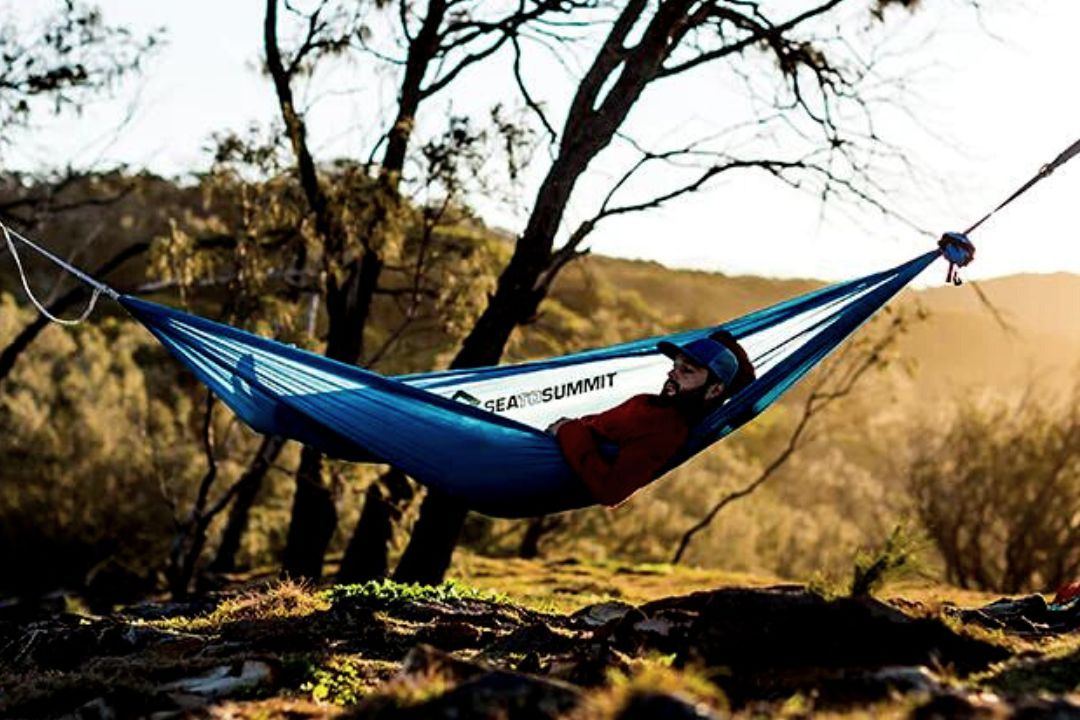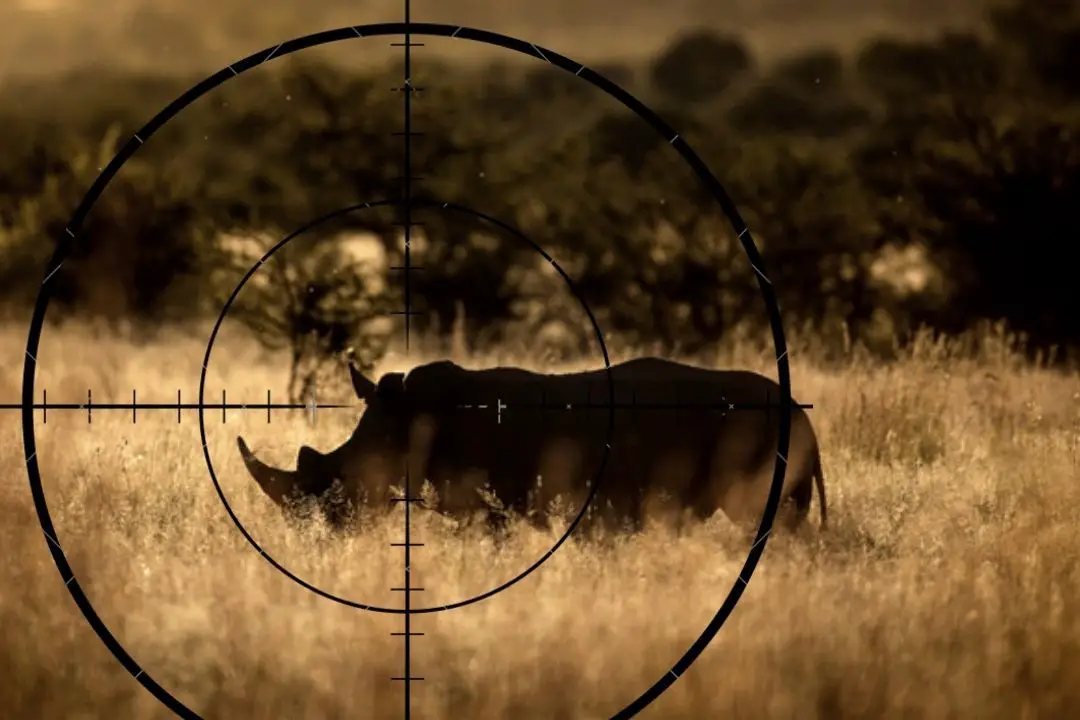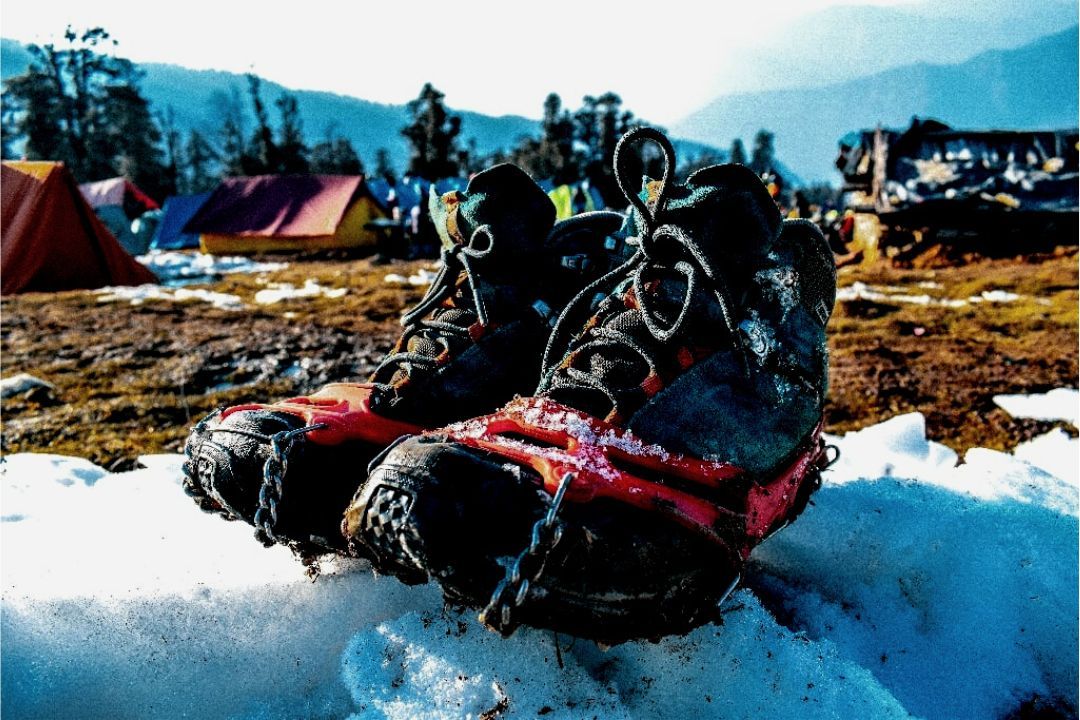How Hot Does a Campfire Get (Plus learn to Build a Campfire)
Know how hot is a campfire & with just a few simple tips, you can build your own campfire and stay warm while enjoying all the fun activities that come with it. Plus, we’ll give you some ideas for things to do around the campfire that will make your outdoor experience even more memorable.
Do you love the outdoors? Having string lights or some lanterns is beneficial or maybe even practical. But nothing beats a good old campfire when you are out in the woods.
Campfires are the best way to enjoy the outdoors. Not only do they provide a warm and cozy ambiance, but they are also great for cooking food or roasting marshmallows.
With just a few simple tips, you can build your own campfire and stay warm while enjoying all the fun activities that come with it. Plus, we’ll give you some ideas for things to do around the campfire that will make your outdoor experience even more memorable.
When you head out into nature next time, try building your own campfire and you will surely feel a childish burst of joy!
How Hot Does a Campfire Get
A campfire can reach temperatures upwards of 600 degrees Fahrenheit on average. If you were to put your hand about 12 inches above the flames you would be able to feel the heat waves.
If you were to get any closer your skin would start to blister. The temperature at the center of the fire (where the flames are the tallest) can be upwards of 1,500 degrees Fahrenheit.
These temperatures are hot enough to not only cause severe burns but also start fires in materials that are not near the flames. It is important to be very careful when around a campfire and always have a way to put out the fire close by in case of an emergency.
Check out our article on the Best Winter Tents with Stove Jacks
Factors Affecting the Heat of a Campfire
Some of the factors that affect the heat of a campfire are:
Type of wood
The type of wood being used affects the heat of a campfire because different woods burn at different temperatures. If you use green wood, the campfire will not burn properly because the water in the wood will take longer to boil off. If you use dry wood, the campfire will be hotter because there is less water to boil off.
Also, hardwoods like oak and maple will create a hotter fire because they have a low sap content. Softwoods like pine and cedar will create a cooler fire because they have a high sap content.
Size of the fire
The size of the fire also affects the heat of a campfire. A small fire will be less hot than a large fire. So, if you want a hotter fire, build a big one!
Airflow around the fire
The airflow around the fire affects the heat of a campfire because oxygen is necessary for combustion. If there is not enough oxygen, the fire will smolder and produce less heat. Therefore, it is important to have good airflow around your campfire. You can achieve this by building your fire in a clearing or in an open area away from trees and other obstacles.
Wind speed
The wind speed also affects the heat of a campfire because it can fan the flames and cause the fire to spread quickly. However, wind can also disperse the heat, so it is important to find a balance. If it is too windy, the fire will not be as hot. If it is not windy enough, the fire will spread quickly and could get out of control.
Humidity
The humidity affects the heat of a campfire because water vapor in the air can inhibit combustion. Therefore, it is best to build your fire on a dry day with low humidity.
Some Tips for Building a Campfire
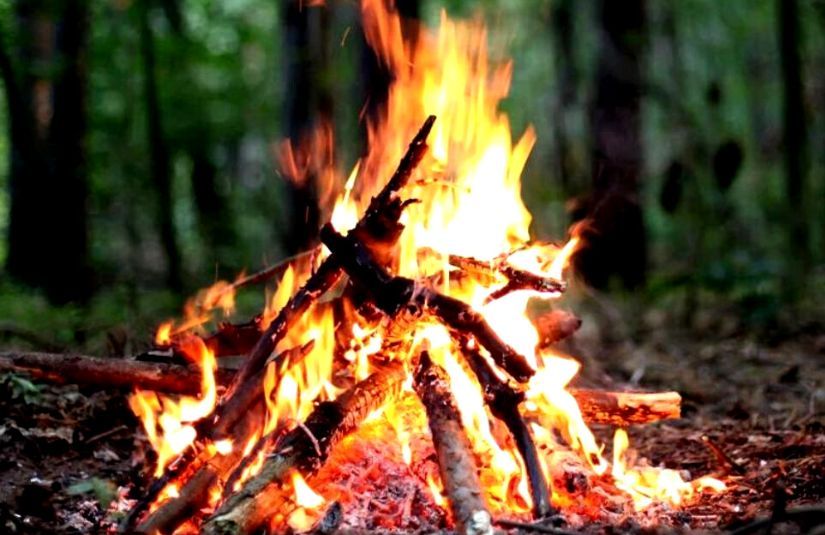
Building a campfire is an essential skill for any outdoorsman, but it can be tricky to get the perfect blaze. Here are a few tips and tricks to help you build a campfire that will give you the best results.
- Choose the right location. Pick a spot in an open area away from trees, bushes, and other flammable objects as these can catch fire easily. Use a safe location at the center of your campsite, far away from your tents or any electrical equipment like a portable generator.
- Clear the area around your fire pit. Remove any dead leaves, twigs, or debris that could catch fire. Use your camp shovel to flatten the ground as much as you can and remove debris. Starting a campfire on very uneven ground is not a good idea.
- Build a ring of rocks around your fire pit. This will help contain the fire. If you don't have rocks, you can use green logs. Dig a trench around your fire pit. This will help to keep the fire from spreading.
- Gather your wood. You will need three types of wood: tinder, kindling, and fuel wood. You can use a saw to split them or you can also buy them directly.
Tinder is small, dry material that catches fire easily. Good tinder includes things like twigs, pine needles, bark, and leaves.
Kindling is slightly larger than tinder and burns more slowly.
Fuel wood is the largest type of wood and burns the longest. Avoid using green wood, as it doesn't burn well and produces hazardous fumes.
- Stack the dry kindling and small logs in a teepee shape, with plenty of air spaces in between for oxygen.
- Start your fire with a small amount of tinder. Add some kindling on top of the tinder, and then add some fuel wood on top of the kindling. Light your fire.
- Use a firestarter, match, or lighter to ignite the tinder. Once the tinder is lit, the fire will slowly spread to the kindling and then to the fuel wood. Add more wood as needed.
- Once the fire is going, you can add more fuel wood to keep it going. Remember to add small pieces of wood at a time so that the fire doesn't get too big. Campfires can also be notoriously difficult to keep burning. If you're looking to cook or keep the campfire burning for a long time, make sure you have enough wood. It's easy to underestimate how much wood you'll need to keep a fire going.
Check out our article on types of campfires to know more details about building each type of fire. Remember to extinguish your fire before you go to bed. Never leave your campfire unattended!
Make sure that your fire is completely out before you go to sleep or leave your campsite. Have debris, dirt, sand, or water nearby to put out the fire when you are finished. Also, check the helpful video below:
Tips for staying warm around a campfire
A campfire is a perfect way to stay warm on a cool night, but there are a few things to keep in mind if you want to stay comfortable.
- Make sure you're wearing layers of loose-fitting, breathable clothing. Wool or synthetic fabrics are ideal, as they will help to wick away moisture and trap heat.
- If it is very cold, then dress in layers. Wear clothing that will insulate your body heat, like wool or fleece. If needed you can also curl up inside your sleeping bag.
- Build a bigger fire if it is very cold and sit close to the fire. You can use camp chairs to sit around the fire or the best way is to spread some tarps and sit as close as possible for a fun-filled evening around the campfire.
- It's important to protect your head and hands from the cold. Hats and gloves are essential, and you might also want to consider wrapping a scarf around your neck.
- Keep your hands and feet close to the fire. Your hands and feet are two of the areas where your body loses heat the quickest, so it's important to keep them warm.
- Don't forget to stay hydrated. Drinking plenty of fluids will help your body to regulate its temperature. Hot drinks and some warm food will help warm you up from the inside out!
- By following these simple tips, you can enjoy a cozy night by the fire.
Safety tips when camping and enjoying a campfire
If you're planning a wild trip, one of the most important things to keep in mind is camping safety. A campfire can be a great source of heat and light, but it can also be dangerous if not used properly. Here are some tips to help you enjoy a safe and enjoyable campfire:
Select a clean area: Make sure the area surrounding the fire is clear of debris and it is on level ground away from twigs, bushes, and your camp furniture.
Use dry wood: Wet wood is more difficult to ignite and produces more smoke. If you're using wood that's been stored outside, make sure it's completely dry before adding it to the fire.
Build a small fire: A large fire is more likely to get out of control. Build your fire small and gradually add more wood as needed.
Keep an extinguisher: Well, no one carries an actual fire extinguisher while camping. But in case your fire gets out of hand, it's important to have water nearby to douse the flames. A bucket of water, sand, or dirt should be within reach at all times. But remember never throw water on high flames. This can cause dangerous steam explosions.
Don't leave the fire unattended: It's important to stay with your fire at all times. If you need to leave for any reason, make sure someone else is there to watch over it.
By following these simple tips, you can ensure that your campfire is safe and enjoyable for everyone involved.
Fun activities to do around a campfire
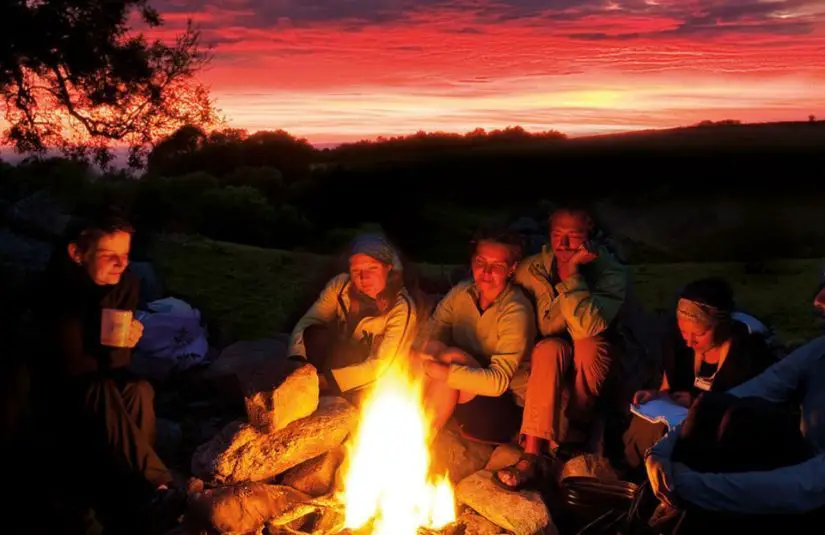
A campfire is more than just a way to cook your food or keep yourself warm at night. It's also a great way to socialize and bond with your fellow campers. There are many fun activities you can do around a campfire:
Cook food. Campfires are perfect for cooking hot dogs, hamburgers, and other camping food.
Roast marshmallows. This is a classic campfire activity that everyone enjoys.
Make s'mores. Well, technically this is also roasting marshmallows, but with a slight twist. S'mores are made by placing a marshmallow and a piece of chocolate between two graham cracker halves. Then, hold the s'more over the fire until the marshmallow is melted and the chocolate is soft.
Play games and sing songs Campfires are also a great place to sing songs and games so that everyone can join in the fun.
Tell stories. Campfires are the perfect setting for spine-tingling tales. Hopefully, you all didn't receive a picture of your group sitting around the campfire, at night from an unknown number!
Check out our article on the Best Winter Tents with Stove Jacks
Cooking in Camp Stoves vs Cooking On Campfire
When you're camping, you can cook food on a campfire or on a camp stove. Campfire cooking is different from camp stove cooking because the fire is warmer and the food cooks slower.
You'll need to use a different method for cooking certain foods on a campfire. For example, you can't just put a pot of water on the fire to boil it - you'll need to use a tripod. You will also need to use cookware that is designed to be used on open fires.
Some campers prefer to cook on a campfire because it adds to the camping experience. There is something special about cooking and eating food that you've made over a fire because of the smokey flavor.
However, campfires can be difficult to control, so if you're looking for more consistent results, you may want to stick with a camp stove.
Conclusion
Now that you're an expert on campfires, it's time to get camping! By following our tips, you'll be able to set up and enjoy your very own campfire. And don't forget the s'mores - they're a must-have around any campfire!
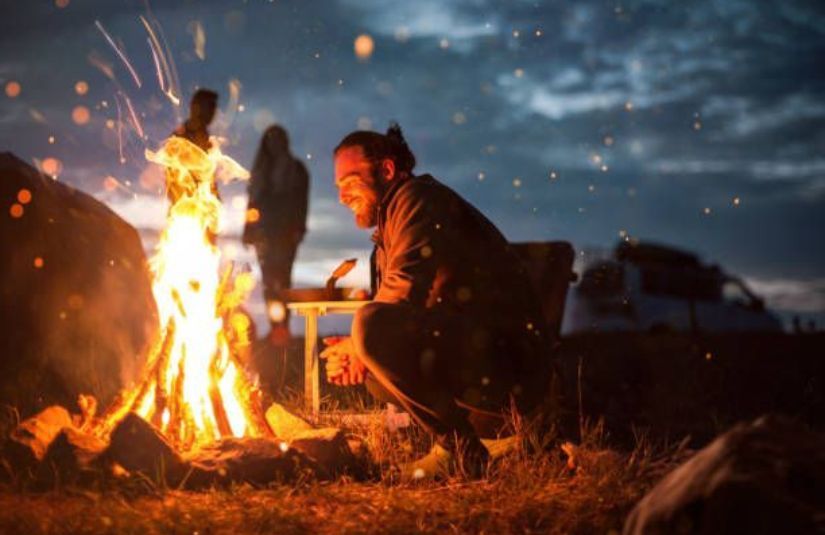
Check out some of the other articles we have written:
